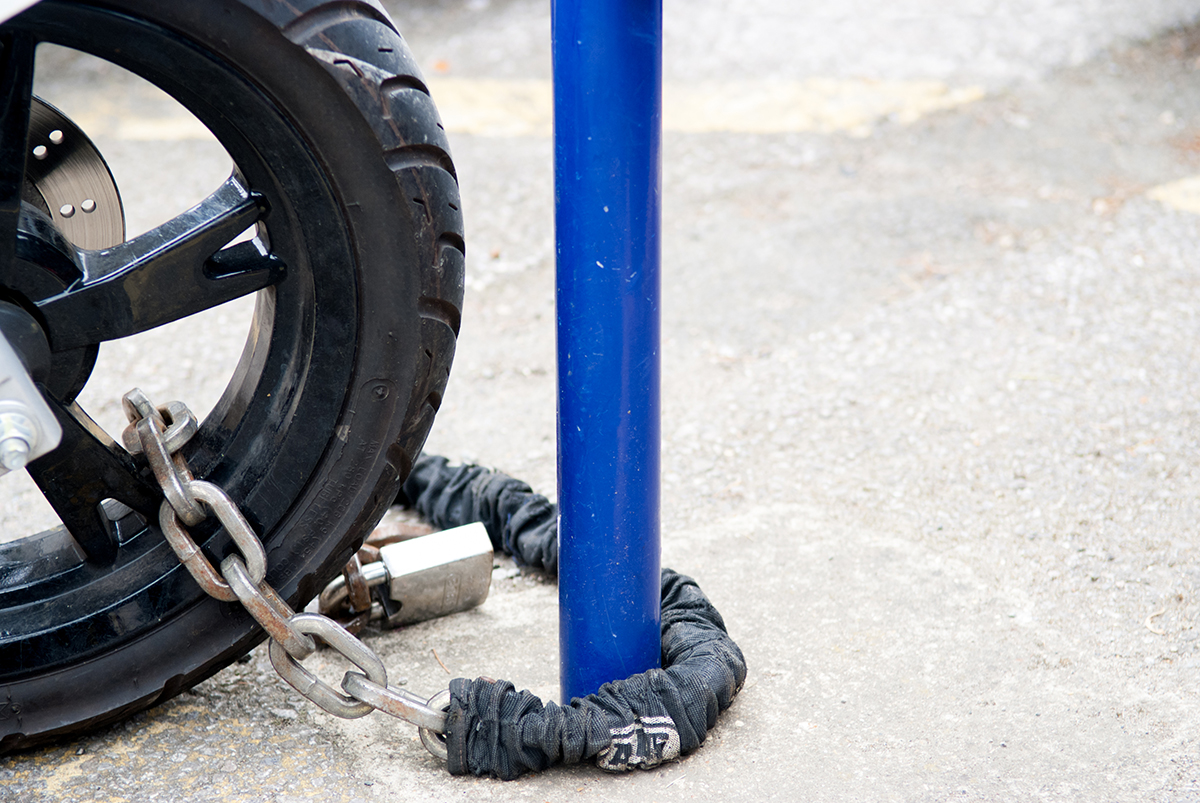These exciting advancements in technology for the deaf & hard of hearing have paved the way for a new era of communication & accessibility
Along with assistive listening devices (ALDs) like cochlear implants and hearing aids, the modern era has given rise to a wave of helpful technology for the deaf and hard of hearing.
Since September is Deaf Awareness Month, we wanted to take the opportunity to highlight some of these gadgets and services. Our hope is that you learn about something new that you could use yourself or recommend to a friend or loved one with hearing loss.
ALDs With Bluetooth Compatibility
Believe it or not, the first electric hearing aid was created all the way back in 1898. Cochlear implants came much later in 1957, but both of these life-changing technologies have come a long way since their inception.
One of the most recent developments is the addition of Bluetooth compatibility, allowing users to stream audio—including phone calls and music from their smartphones—straight to their ALDs. This feature provides a new level of convenience and connectivity for those with hearing loss, making it easier than ever to adapt their smartphone experience to their needs.
Captioning Devices for Movie Theaters
As they stand now, movies don’t come with captions baked in. And although organizations like the National Association of the Deaf are advocating for the inclusion of open captions, it may be some time before movie theaters provide them.
In the meantime, however, accessible technology for the deaf and hard of hearing is filling in the gaps.
For example, Sony’s Entertainment Access Glasses wirelessly link with a movie theater’s transmission system and overlay captions right on the user’s lenses in real-time. All a movie-goer has to do is make sure they’re connected, put them on, and captions will appear in their field of view—much like a modern car’s heads-up display.
You can also opt for CaptiView devices, which are LED displays that attach to your armrest or fit in your cup holder and wirelessly receive closed captions.
In case you weren’t already aware, many movie theaters provide these handy gadgets free of charge, so don’t be afraid to ask for one next time you catch something on the big screen!
Video Remote Interpreting
For those who use American Sign Language, video remote interpreting (VRI) is a valuable resource for navigating the era of Zoom calls and online meetings.
VRI virtually connects users with qualified interpreters, allowing them to hop on a video call and receive real-time translations. This technology for the deaf and hard of hearing is often the backup plan when interpreting services aren’t readily available, but it’s commonly used in the workplace, hospitals and doctor’s offices, schools, banks, and more.
The SignUp Browser Extension for Google Chrome
The SignUp Chrome extension is like having your very own sign language interpreter, but for a selection of movies on Netflix and Disney+!
Simply add it to your browser, select your desired streaming service, and search for the movie you want to watch. Once you choose a movie, a video will pop up on your screen with an interpreter who will sign along with it. You can resize the interpreter window to your liking, and whenever you rewind or fast forward, the video will stay synced up with where you are.
It even includes British Sign Language and Indian Sign Language interpretations as well!
Home Accessories & Security Devices
Luckily, when innovations are made, technology for the deaf and hard of hearing often advances as well.
We’re at a point where security systems, Ring doorbells, smoke detectors, and even alarm clocks come equipped with features designed to accommodate those with hearing loss.
For example:
- Security systems and Ring devices offer wireless smartphone connectivity for automatic updates in case of an emergency
- Specialized smoke detectors have built-in lights that strobe when they’re set off
- And alarm clocks have strobing lights as well as vibration settings to keep you from sleeping in
Personal safety is a whole different ball game for this community, and these devices provide a much-needed level of comfort and convenience.
The Rescu App
Unfortunately, one of the biggest gaps in accessibility for the deaf and hard of hearing exists in a matter of life and death: emergency response.
The way a hearing person gets help in a crisis is vastly different than someone with hearing loss.
With no conventional way of communicating over the phone, their options are limited to CapTels, TTYs, or text-to-911. But when time is of the essence, these avenues simply aren’t practical.
CapTels and TTYs are perfectly fine for communicating under normal circumstances, but in an emergency, the time it takes to relay critical information can be much too long. And as we’ve covered in a previous blog, text-to-911 is only available in nineteen states at the moment.
When you or a loved one’s safety is at risk, you want to be able to get help instantly.
That’s what makes the Rescu app an invaluable tool for the deaf and hard-of-hearing community.
It allows users to pre-register their personal and medical information as well as up to four home addresses. In an emergency, getting help is as simple as tapping twice on your smartphone—once for the service you need, and once to dispatch help to your default address or current location anywhere in the US…
No phone call or text chat required.
When you send a Rescu alert, the app automatically sends your pre-registered information to Rescu HQ and your first response team, so they know exactly where they’re going, who they’re caring for, and how to provide that care in the best possible way.
This two-tap, call-free system isn’t just fast. It’s the fastest way to get help in a crisis, and it’s the perfect addition to any deaf or hard-of-hearing person’s emergency plan.
Want to learn more? Check out our website, and click or tap below to start carrying peace of mind in your pocket today!





